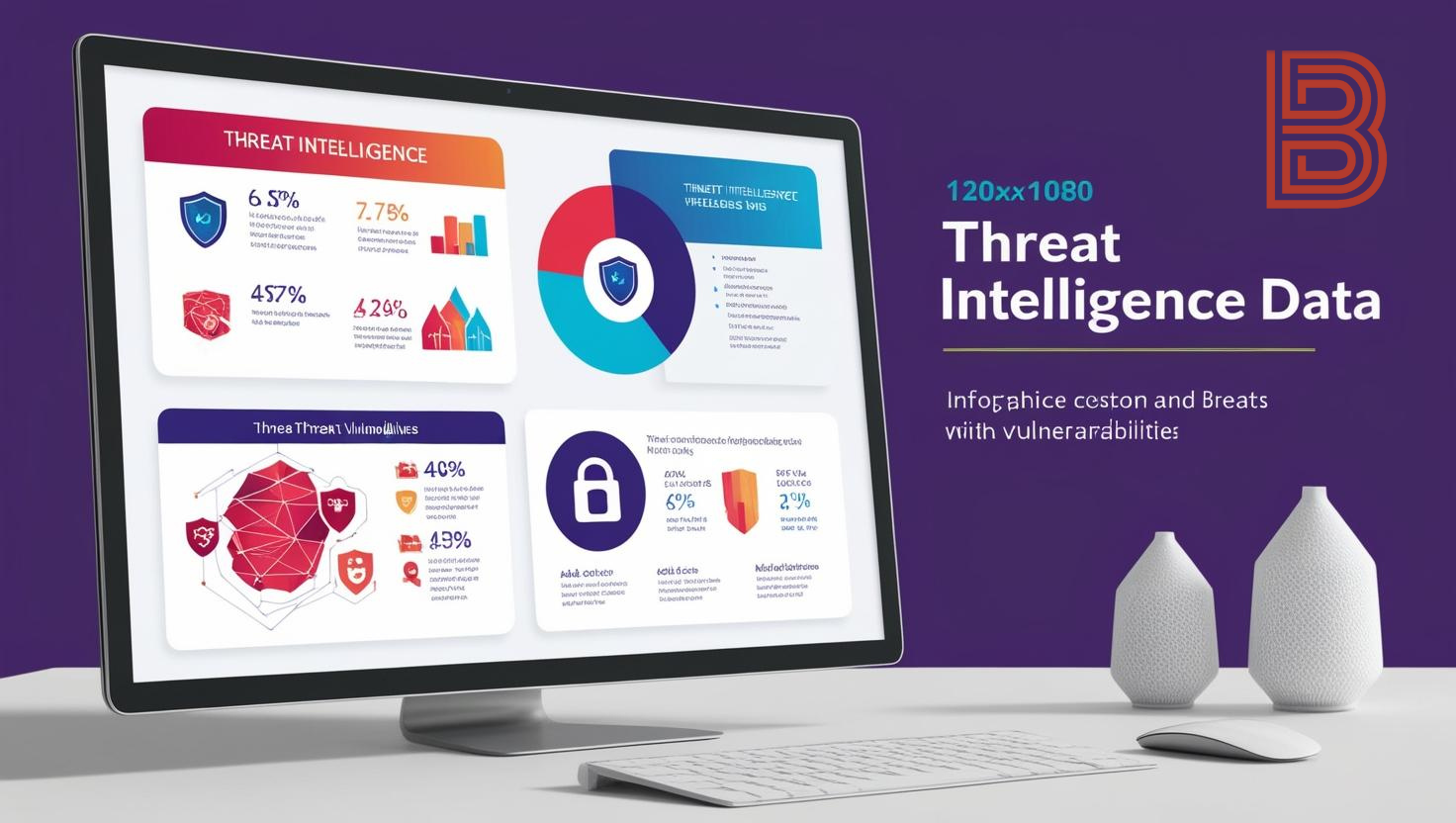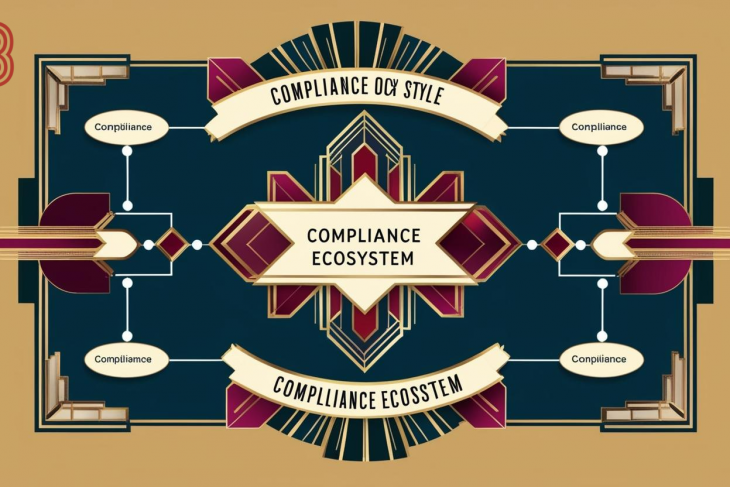
Introduction
In an era where cyber threats are growing in sophistication and frequency, organizations must take proactive measures to mitigate risks. One of the most effective ways to achieve this is through threat intelligence, which plays a critical role in risk management by identifying, assessing, and responding to cyber threats before they can cause harm. Threat intelligence helps organizations understand adversaries, predict attacks, and strengthen defenses, ultimately reducing overall risk exposure.
This article explores the importance, types, benefits, implementation, and challenges of threat intelligence in risk management, highlighting its role in modern cybersecurity strategies.
Understanding Threat Intelligence
What is Threat Intelligence?
Threat intelligence refers to the collection, analysis, and dissemination of information about potential and existing cyber threats. It provides actionable insights that help organizations identify and respond to risks in real-time. Threat intelligence is derived from various sources, including open-source intelligence (OSINT), dark web monitoring, security research, and internal logs.
Key Components of Threat Intelligence
Threat intelligence consists of three primary components:
Data Collection – Gathering raw data from different sources, including security logs, network traffic, social media, and dark web forums.
Data Analysis – Processing and correlating collected data to identify patterns, indicators of compromise (IOCs), and emerging threats.
Actionable Insights – Delivering intelligence in a way that can be used for strategic, operational, and tactical decision-making.
Types of Threat Intelligence
Threat intelligence can be categorized into four main types:
1. Strategic Threat Intelligence
Strategic intelligence provides high-level insights into cybersecurity trends, threat actors, and potential attack methods. It is typically used by executives and decision-makers to guide security investments and policies.
2. Tactical Threat Intelligence
Tactical intelligence focuses on technical indicators such as malware signatures, IP addresses, and domain names used in cyberattacks. It helps security teams detect and block threats before they infiltrate systems.
3. Operational Threat Intelligence
Operational intelligence provides real-time information on active cyber threats and campaigns. It helps incident response teams anticipate attacks and take preventive action.
4. Technical Threat Intelligence
Technical intelligence offers in-depth details about attack methods, vulnerabilities, and exploits used by adversaries. It is used by security analysts to enhance detection and response strategies.
The Role of Threat Intelligence in Risk Management
1. Identifying Threats and Vulnerabilities
Threat intelligence enables organizations to identify potential threats and vulnerabilities before they are exploited. By continuously monitoring threat landscapes, security teams can proactively patch vulnerabilities and strengthen defenses.
2. Enhancing Incident Response
Timely threat intelligence helps incident response teams quickly detect, contain, and remediate cyber threats. By analyzing past attack patterns, teams can develop effective response strategies and minimize damage.
3. Strengthening Security Posture
Integrating threat intelligence into cybersecurity frameworks improves an organization’s overall security posture. It enables proactive risk mitigation by identifying weaknesses and implementing defensive measures.
4. Supporting Risk Assessment and Compliance
Threat intelligence provides valuable data for risk assessment and regulatory compliance. It helps organizations understand the likelihood and impact of threats, ensuring adherence to industry standards such as ISO 27001, NIST, GDPR, and PCI DSS.
5. Predicting Emerging Threats
By analyzing trends and patterns, threat intelligence anticipates new attack techniques and evolving threats. This proactive approach allows organizations to adapt security measures and stay ahead of cybercriminals.
6. Optimizing Security Investments
Threat intelligence helps organizations prioritize security investments by identifying the most significant threats and allocating resources accordingly. This ensures efficient use of cybersecurity budgets.
Implementing Threat Intelligence in Risk Management
Step 1: Define Objectives and Requirements
Organizations must first define their security objectives and determine what type of threat intelligence is needed. Clear goals ensure that intelligence efforts align with business needs.
Step 2: Collect Data from Multiple Sources
Effective threat intelligence requires data from diverse sources, including:
Open-source intelligence (OSINT)
Commercial threat intelligence feeds
Dark web monitoring
Security Information and Event Management (SIEM) systems
Step 3: Analyze and Correlate Data
Using advanced analytics, organizations can process raw data and identify relevant threats. Machine learning and AI-driven tools enhance this process by detecting patterns and anomalies.
Step 4: Disseminate Actionable Insights
Threat intelligence must be shared with relevant teams in a clear and actionable format. Dashboards, alerts, and reports help security teams make informed decisions.
Step 5: Integrate with Security Systems
Organizations should integrate threat intelligence with existing security tools such as firewalls, intrusion detection systems (IDS), and endpoint protection platforms (EPP) to automate threat detection and response.
Step 6: Continuous Monitoring and Improvement
Cyber threats are constantly evolving, so threat intelligence programs must be regularly updated. Continuous monitoring, periodic assessments, and feedback loops enhance the effectiveness of threat intelligence.
Challenges in Implementing Threat Intelligence
1. Data Overload
With vast amounts of threat data available, organizations struggle to filter relevant intelligence from noise. AI and automation can help prioritize critical threats.
2. Integration Complexity
Integrating threat intelligence with existing security infrastructure can be complex and resource-intensive. Organizations must ensure compatibility with SIEM, firewalls, and endpoint security solutions.
3. False Positives
Threat intelligence feeds sometimes generate false positives, leading to unnecessary alerts. Refining detection mechanisms and using contextual analysis can reduce this issue.
4. Skill Shortages
There is a global shortage of cybersecurity professionals skilled in threat intelligence analysis. Investing in training and hiring experienced analysts is crucial.
5. Cost Considerations
Acquiring high-quality threat intelligence feeds and tools can be costly. Organizations must balance the cost of intelligence solutions with their cybersecurity budget.
Future Trends in Threat Intelligence and Risk Management
1. AI and Machine Learning Integration
AI-driven threat intelligence solutions enhance threat detection, correlation, and response automation, making cybersecurity more efficient.
2. Threat Intelligence Sharing
Collaboration between organizations, governments, and industries is increasing, leading to better intelligence sharing through Information Sharing and Analysis Centers (ISACs).
3. Zero Trust Architecture
Threat intelligence plays a crucial role in Zero Trust security models, ensuring continuous verification of users and devices.
4. Dark Web Intelligence
Monitoring dark web forums, marketplaces, and threat actor communications helps organizations anticipate and mitigate cyber threats before they materialize.
5. Cloud Security Intelligence
As organizations migrate to the cloud, threat intelligence for cloud environments is becoming essential for detecting and preventing cyberattacks targeting cloud infrastructure.
Summary
Threat intelligence is an indispensable component of modern risk management, helping organizations identify, assess, and mitigate cyber threats proactively. By leveraging real-time intelligence, businesses can enhance their security posture, improve incident response, and optimize cybersecurity investments.
However, implementing an effective threat intelligence program comes with challenges such as data overload, integration complexity, and cost considerations. Overcoming these obstacles requires strategic planning, skilled personnel, and advanced technology solutions.
As cyber threats continue to evolve, organizations must adopt AI-driven threat intelligence, collaborative intelligence sharing, and Zero Trust architectures to stay ahead of attackers. By doing so, they can effectively manage risks and safeguard their digital assets in an increasingly hostile cyber landscape.




















